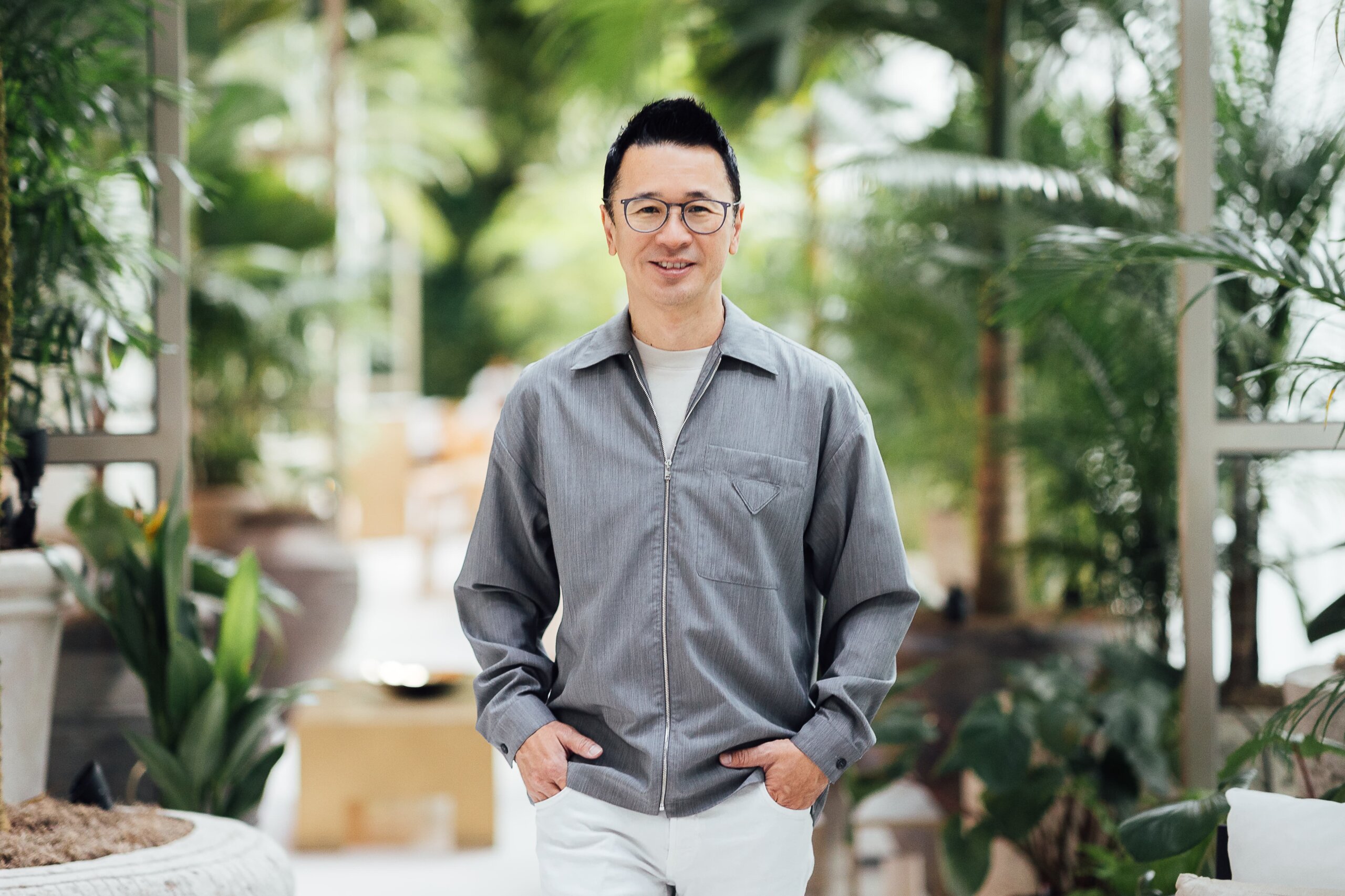Honouring cultural inspiration: ensuring cultural appreciation while avoiding cultural appropriation
In the third of his series of design-related articles, BLINK founder and creative partner Clint Nagata explains his approach to navigating the sensitivities around cultural appropriation when working across a wide range of international settings.

Inspiration, information and guidance can come from the most unexpected of sources. While attempting to articulate and support BLINK’s thinking on how we successfully avoid cultural appropriation across our many international projects, a colleague suggested I read a thought piece written in 2004 by Nisi Shawl, an African-American author, editor and journalist best known for her science fiction writing.
In her essay, Appropriate Cultural Appropriation, Ms Shawl helps fellow authors navigate the pitfalls of imagining worlds based on real-world people, practices, places and periods to which they have no personal connection. So, how does this thinking relate to BLINK’s world of bringing luxury hospitality places to life across the globe? Let me explain…
Invaders, tourists or guests?
In the article, Ms Shawl refers to a conference she attended, during which a delegate suggested that characters who borrow from different cultures fall into one of three categories: invaders, tourists or guests. From which category these characters emerge depends on the quality, empathy and research skills of the writer. Ms Shawl elaborates…
“Invaders arrive without warning, take whatever they want for use in whatever way they see fit… They stay as long as they like, leave at their own convenience. Theirs is a position of entitlement without allegiance. Tourists are expected. They’re generally a nuisance, but at least they pay their way. They can be accommodated. Tourists may be ignorant, but they can be intelligent as well, and are therefore educable. Guests are invited. Their relationships with their hosts can become long-term commitments and are often reciprocal.”
The above descriptions certainly give more guidance on how not to behave, but they immediately chimed with me and reassured me of BLINK’s approach to date. Thankfully, we like to think we’ve always been guests – and good and thoughtful ones at that.
“I’ve witnessed my fair share of invaders and tourists.”
Being a guest is in the blood
Having been raised by a Hawaiian mother and a Japanese father, I was brought up to be mindful and appreciative of cultural differences. In addition, through growing up in the cultural melting pot of Hawaii before relocating to Bangkok and working on numerous high-end resorts and hotels, I’ve witnessed my fair share of invaders and tourists.
At BLINK, we always try to understand people and places together to create something reflective of the location. Subsequently, we cast the net wide in our research and then focus on a small number of ideas or motifs to inform our designs.
“We always try to understand people and places together to create something reflective of the location.”

Take the W Hotel in Dubai for example, for which we recently completed a major interior design project. The Mina Seyahi port, in which the hotel is located, dates back to ancient times when the area was a thriving hub of the copper trade. Here, Al-Halqa storytellers would dazzle spellbound travellers with fables and tales passed down through millennia. This practice and the circular setting in which they were performed played heavily into our thinking. We also studied in detail the wind-filled sails of the Dhow boats that once gracefully jostled for position in the harbour to further inspire our approach.
Although nods to the past are integral to many of our projects, equal weighting should also be given to the future. This was indeed the case with the W Dubai – at its heart, a youthful brand – with whom we also worked to acknowledge and celebrate the fast-rising global status of the city. In short, any interpretation of the past we bring forward must sit appropriately within the present and for many years to come.
“When you’re in search of authenticity, who you bring on board to realise your vision is paramount.”
Being vocal about the local
But inspiration past and present is only the beginning. When you’re in search of authenticity, who you bring on board to realise your vision is paramount. Once a design route is agreed upon, we seek out local artisans, makers and suppliers whose skills, knowledge and networks are intrinsically weaved into our process. We also ensure these relationships are not simply short-term and transactional, especially when we take on new projects in the wider region.
Through our commitment to being a welcome guest in a new location, we hope the end users of our work – the hotel and resort guests – will consciously or subconsciously sense the authenticity and the fitting interpretation of place that has always been our ambition and aspiration to deliver.




